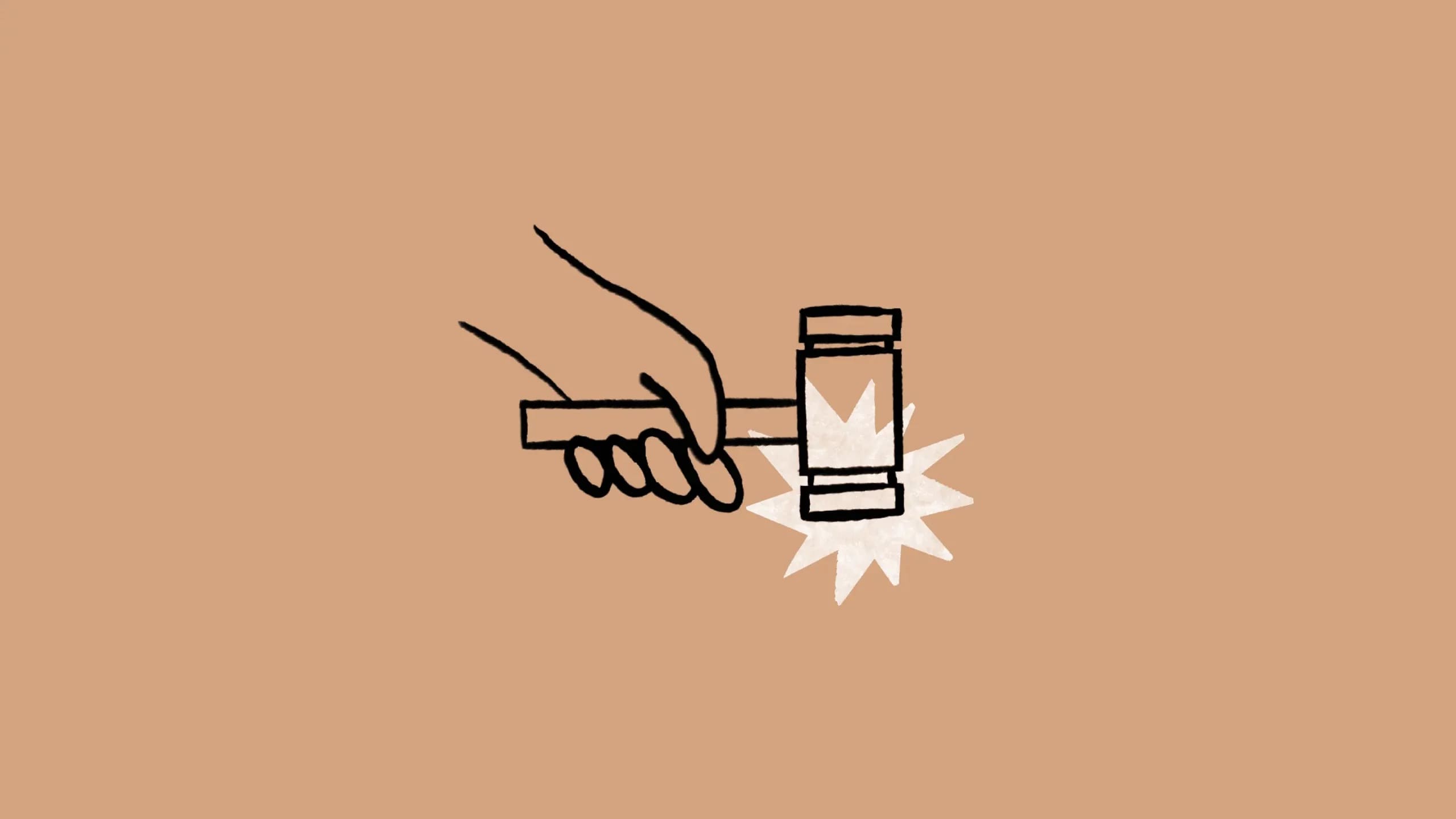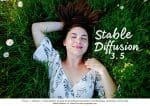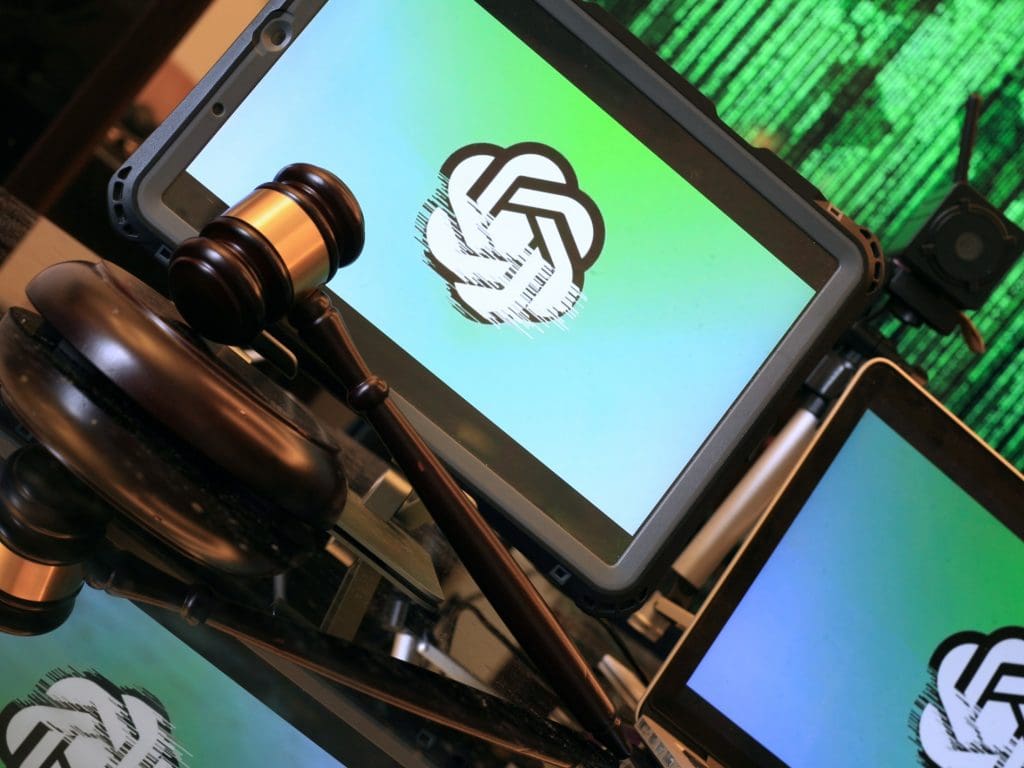In-Short
- Authors sue AI startup Anthropic for using copyrighted works in AI training.
- Anthropic’s Claude language models allegedly trained with pirated books.
- Lawsuit could impact AI industry’s approach to training data and copyright.
- Case raises questions about fair use and compensation for content creators.
Summary of the Lawsuit Against Anthropic
Three authors, Andrea Bartz, Charles Graeber, and Kirk Wallace Johnson, have initiated legal action against the AI startup Anthropic. They accuse the company of using pirated copies of their books to train its Claude language models, which they claim constitutes copyright infringement. The lawsuit alleges that Anthropic built its business by unlawfully using copyrighted material, potentially harming authors’ sales and licensing revenues.
Anthropic, valued at over $18 billion, has not provided a detailed response to the allegations. The case adds to the growing legal challenges faced by AI companies over the use of copyrighted content. The outcome of this lawsuit could set a precedent for how AI firms handle training data and whether they need to secure licenses for copyrighted materials.
The authors’ complaint highlights the ethical and legal dilemmas in the AI industry, particularly regarding intellectual property rights. While Anthropic claims to focus on developing “safe and ethical” AI, the lawsuit questions the integrity of such claims when the company’s training methods allegedly involve copyright infringement.
The case, filed in the US District Court for the Northern District of California, seeks damages and an injunction against Anthropic’s use of the authors’ works. It underscores the tension between the need for expansive datasets in AI development and the rights of content creators to be compensated for their work.
Conclusion and Call to Action
As AI technology advances, the debate over intellectual property rights intensifies. The resolution of this lawsuit against Anthropic could influence future practices within the AI industry. For more detailed information on this developing story, readers are encouraged to view the original source.










